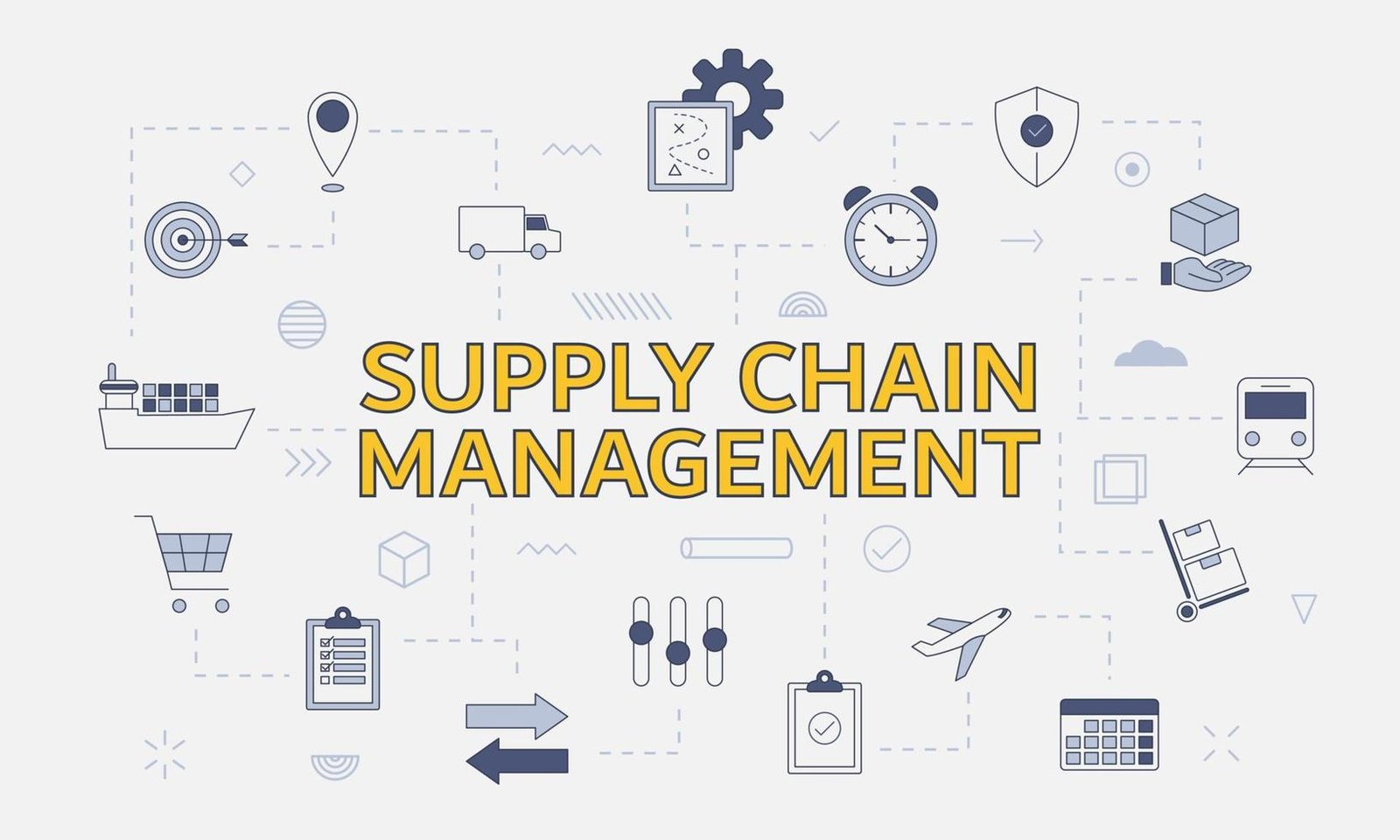Gold has always been one of the most trusted and sought-after commodities in India, revered for its cultural significance and wealth-storing attributes. When it comes to precious metals, gold remains one of the most resilient assets, offering a hedge against inflation and geopolitical uncertainties. However, gold prices in India can fluctuate significantly, influenced by a variety of domestic and global factors. If you’re tracking the gold price this week to make buying or selling decisions, this article will provide valuable insights.
Before diving into the specifics of this week’s trends, it is worth noting that gold is not only sought after in major cities but also by local markets like Indore. The gold rate in Indore often mirrors broader trends in national and international bullion markets while reflecting slight variations due to local supply and demand. Let us explore the critical factors impacting the gold price in India this week.
1. International Gold Prices
The Indian gold market is directly linked to international gold price, as a bulk of the country’s demand is met through imports. Any movement in global market trends has a cascading effect on domestic gold prices. Factors such as the U.S. Federal Reserve’s monetary policies, interest rates, inflation data, and the strength of the U.S. dollar generally impact global gold prices.
This week, fluctuations in the international gold market have been significant, primarily due to uncertainty over geopolitical tensions in regions such as the Middle East. Investors often turn to gold as a “safe-haven asset” during periods of political unrest or war, driving up demand and increasing the gold price. The international gold price per ounce is also being closely monitored as central banks globally respond to economic slowdowns or macroeconomic concerns.
2. The Value of the Indian Rupee Against the U.S. Dollar
In India, any movement in the Indian Rupee (INR) against the U.S. Dollar (USD) influences domestic gold prices. Since India imports nearly all its gold, a weaker Indian Rupee means higher-priced imports, which translates to increased costs for the consumer.
This week, the Rupee has shown marginal weakening due to concerns about a widening trade deficit and other macroeconomic stressors. As a result, the gold price in India has been trending upwards, as importers have to spend more in INR to buy the same amount of gold in U.S. Dollars. Local cities like Indore have also witnessed a proportional rise in the gold rate in Indore reflecting these changes.
3. Festive and Seasonal Demand in India
India witnesses a seasonal uptick in gold demand during festivals like Diwali, Dhanteras, and key wedding seasons. Cultural traditions and rituals boost the demand for gold, causing prices to climb. This week, as we delve deeper into the festive season, greater consumer demand for gold jewelry and investment-driven purchases are contributing to higher domestic prices.
Evidently, the gold rate in Indore is also affected by the high seasonal demand as consumers, jewelers, and shopkeepers hoard gold in anticipation of even higher rates. Premiums charged by traders on the prevailing gold price due to increased demand are likely to play a role in elevated local prices.
4. Geopolitical Tensions
As mentioned earlier, gold is often perceived as a safe-haven asset during times of geopolitical uncertainty. Over the last few weeks, international relations have been strained due to conflicts in various parts of the world, notably in the Middle East. Such disruptions create volatility in stock and commodity markets, prompting investors to hedge their bets with gold.
Even as global tensions escalate, the increased demand for gold contributes to a price rise not just on the international stage but in Indian markets as well. In smaller cities like Indore, which experience high cultural reliance on gold, the gold rate in Indore reflects these broader sentiments.
5. Changes in Central Bank Policies
Central banks worldwide, including the Reserve Bank of India (RBI), play a pivotal role in influencing the price of gold. Policies related to interest rates, foreign exchange reserves, and liquidity injections in the economy impact the demand and price of gold.
This week, heavy anticipation surrounds an upcoming meeting of the U.S. Federal Reserve, where it is expected to take a significant call on interest rates. Historically, higher interest rates have an inverse relationship with gold prices: when interest rates increase, holding gold—an asset that does not yield interest—becomes less attractive. On the flip side, lower or stable interest rates tend to bolster gold prices.
Should the Fed choose to maintain interest rates at current levels, it could influence higher global gold prices, translating into higher domestic rates.
6. Inflation Woes
Persistently high inflation, both domestically and globally, is another major driver of gold prices. In times of rising consumer prices, investors often flock to gold as a hedge against eroding purchasing power of fiat currencies.
In India, inflation concerns over fuel and essential commodities have yet again raised skepticism towards conventional savings instruments. This week, inflation trends in the U.S., Europe, and India are being closely monitored. Rising consumer price indices globally may fuel additional demand for investment in gold, causing an uptick in its price.
7. Local Market Variations and Logistics
While international influences play a significant role in determining prices, local market dynamics also shape gold prices in India, especially in cities like Indore. Tax differences, transportation costs, and logistical expenses might lead to marginal variations in pricing across states and regions.
This week, the gold rate in Indore has seen slight fluctuations, mainly attributed to variations in local taxes and margins imposed by retailers. Similarly, bullion traders’ practices and the availability of supplies in the city also play a role in determining the local gold rate.
8. Import Duties and Indian Government Policies
The Indian government controls gold imports through tariffs and taxes. Any change in these duties directly affects the gold price in India. For instance, an increase in import duties raises the cost of gold in the domestic market. The government has been known to tweak these policies from time to time, particularly when it aims to balance the current account deficit or boost the domestic economy.
This week, there has been no change in the import duty, but market watchers are speculating about possible adjustments in the future given the fiscal deficit concerns. Even the anticipation of such changes could have a psychological impact on the market, affecting gold prices.
9. Investment Trends and ETFs
Gold is not just a physical commodity but also a prominent financial asset. In recent years, Gold Exchange-Traded Funds (ETFs) and sovereign gold bonds have gained popularity among Indian investors. The buying or selling activity in these ETFs often acts as a barometer of investor sentiment towards gold.
This week, data from mutual funds and stock market platforms indicate a surge in gold-related investments, which hints towards growing investor confidence in gold as a reliable asset. This has added to the upward pressure on the gold price across India, including cities like Indore.
10. The Impact of Technology and Digital Gold
Another factor shaping the gold market is the rise of digital gold investments. Platforms like Paytm, PhonePe, and others have simplified gold buying, making it easily accessible to people across different income levels. This increased accessibility to digital gold has pushed up demand, especially in smaller cities like Indore, impacting local pricing trends.
While digital gold does not directly alter the gold rate in Indore, it indirectly boosts overall demand, adding pressure on prices in the market.
11. Economic Indicators and Employment Data
Economic stability plays a significant role in influencing gold prices. Employment data, GDP growth rates, and industry performance metrics all impact the overall economic mood of consumers and investors.
With mixed signals coming from global and Indian economies, gold remains a preferred investment this week. Concerns over a slowdown in the European economy and mixed employment data from the U.S. have created uncertainty, leaning on gold as a preferred asset class.
12. Sentiments and Speculation
Investor sentiment, driven by fear or optimism, plays a key role in the fluctuation of gold prices. Speculation about future price trends, influenced by past price patterns and external factors, also drives demand or sell-offs.
For instance, rising COVID-19 cases globally have rekindled fears of restrictions, prompting a slight uptick in gold investments this week. As a result, buyers in markets like Indore and across India are pushing up demand for the commodity.
Conclusion
Gold prices in India are dynamic, impacted by a mix of global and domestic factors ranging from currency strength, central bank policies, geopolitical unrest, seasonal demand, and local market logistics. This week, as markets oscillate between optimism and uncertainty, gold has proven its resilience once more with prices trending upward.For prospective buyers and investors in cities like Indore, monitoring the gold rate in Indore requires a close eye on a blend of factors—both international and local. Whether you’re buying gold as an investment or for festive reasons, staying updated on market trends and economic cues will enable you to make informed financial decisions. As gold continues to shine as the ultimate safe-haven asset, understanding the driving factors behind its price movements has never been more important.
















Leave a Reply